(ECNS) -- County tourism is expected to remain popular during the National Day holiday, but faces challenges. Issues such as incomplete supporting facilities, unreasonable fees and dirty environment have spoiled people's travel experience.
Compared with the popular scenic spots, county tourism attracts more and more visitors because of its unique resources and lower expense. There are over 500,000 related posts on Xiaohongshu, a Chinese lifestyle-sharing platform, recommending lesser-known counties, including detailed travel routes, expense estimates, and top attractions to visit.
"County tourism fits well with the current 'lying flat' mindset of young people. There's no need to wake up early to avoid crowds, and everyone around you is local," said Zhang Wennan, a blogger who shared a travel guide for Congjiang County in Southwest China's Guizhou Province. "The benefit of traveling to small counties is that there are fewer people, prices are reasonable," Zhang noted.
According to Tongcheng Travel, up to now, typically popular destinations are located in or around central cities or have famous scenic spots. However, for small county-level destinations to sustain development, they must pay attention to improving tourism service quality.
Search on Xiaohongshu found that inadequate reception capacity, cheating customers, and lack of characteristics are the main issues facing county tourism. As visitors' expectations for travel experiences increase, high-quality services become a key factor in retaining tourists.
“Offering comfortable and convenient accommodations, delicious and authentic dining, and diverse entertainment options is very important," said Sun Jiashan, an associate researcher at the Central Academy of Culture and Tourism Administration.
"Additionally, enhancing infrastructure is crucial. Convenient transportation, well-developed public service facilities, and a safe travel environment are all important conditions for attracting tourists," Sun added.
Sun also pointed out that counties need to explore and utilize local resources to provide distinctive travel experiences, promoting innovation and diversification of tourism products.
“Each region has its own unique natural landscapes, historical culture, and folk customs. Through scientific planning, these resources can be transformed into appealing tourism products,” sun said.

















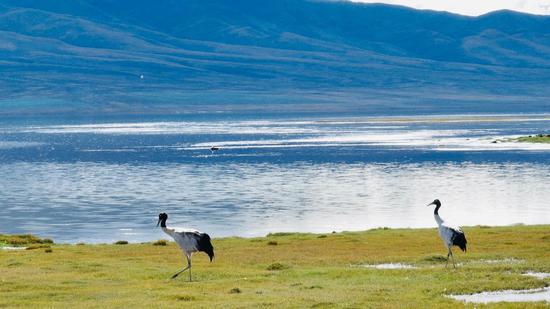

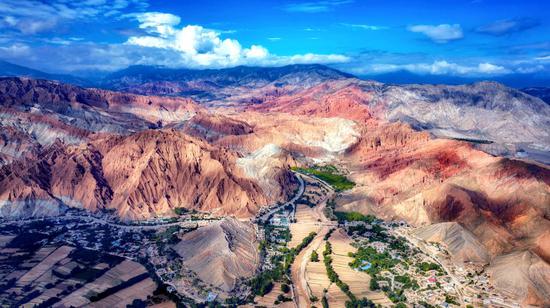



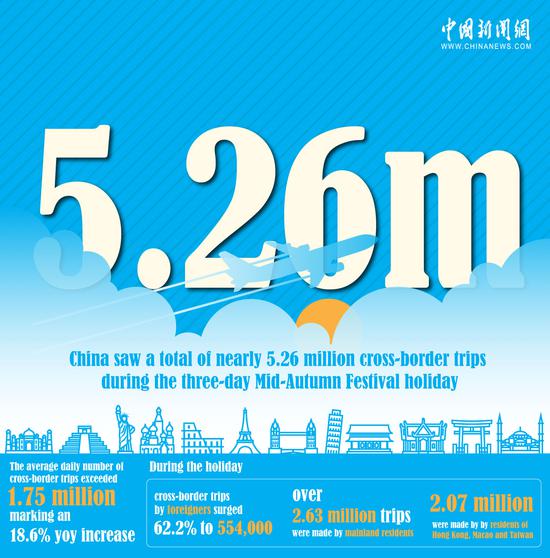


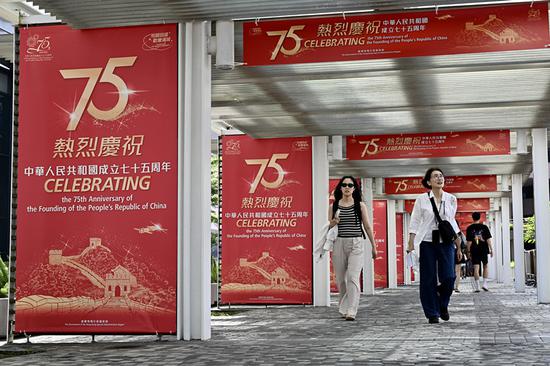

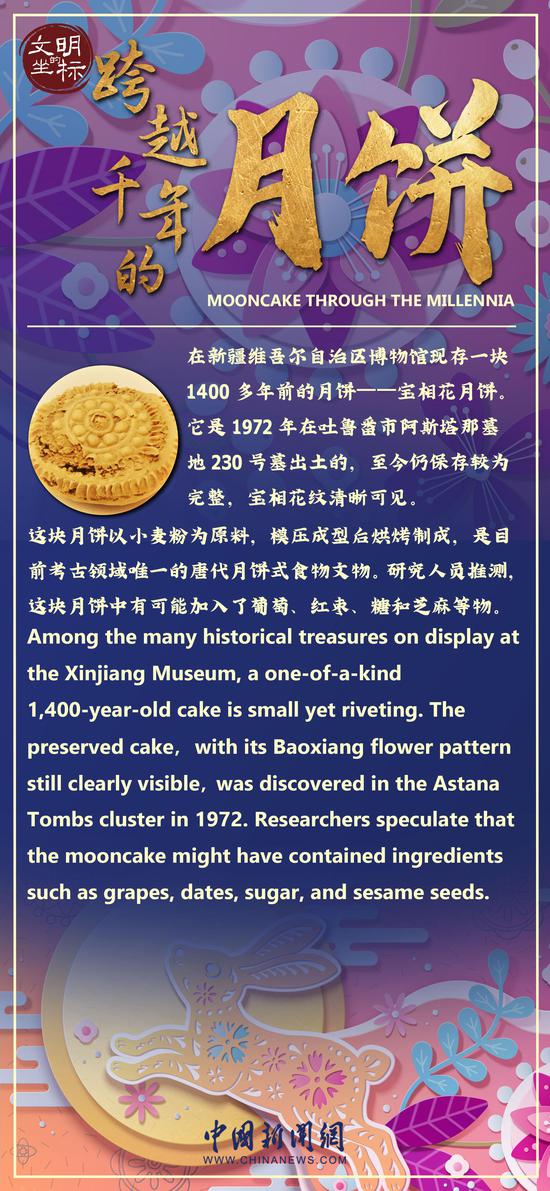








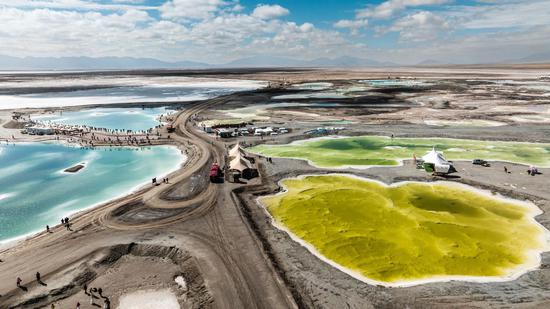












 京公网安备 11010202009201号
京公网安备 11010202009201号